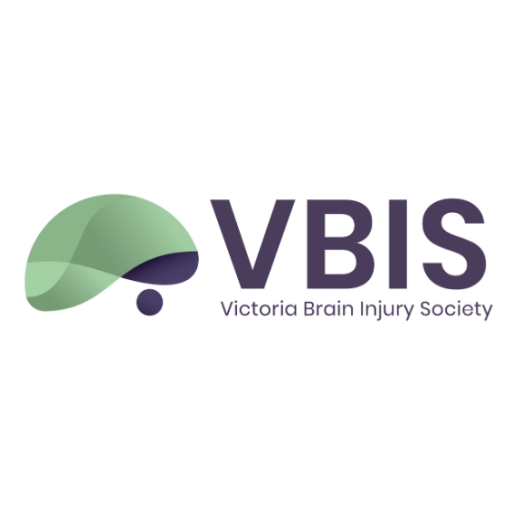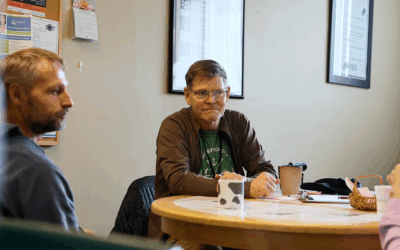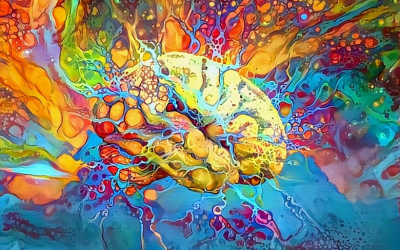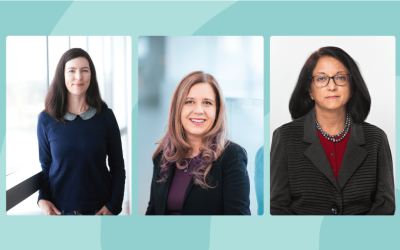By Brenda Clayton
June is Brain Injury Awareness Month.
Think of your brain as your “battery.” It’s what powers everything you do—thinking, feeling, seeing, hearing, tasting, smelling, moving, and remembering. Your brain makes you you.
When your brain is injured, nothing works the same.
You may not be able to return to the things you used to do—sports, school, work, or spending time with friends. Depending on the severity of the injury, some people may struggle to walk or talk. Life can change in an instant.
What Causes Brain Injuries?
Acquired brain injuries can happen in many ways: a concussion, car accident, stroke, tumor, aneurysm, substance use, or assault. These injuries are more common in Canada each year than breast cancer, spinal cord injuries, and multiple sclerosis combined.
The Impact of a Brain Injury
The effects of a brain injury go far beyond the physical. You may experience:
- Strained relationships with family and friends who expect you to be the same person you were before
- Challenges with work or school due to memory loss, fatigue, or physical limitations
- A loss of identity, especially if you can’t return to your former career
- Difficulty going out because of noise, lights, or a sense of no longer fitting in
Recovery from a brain injury is slow, unpredictable, and different for everyone. While physical healing often happens within the first year, cognitive and emotional recovery can take much longer. One of the hardest parts is losing your sense of self—and having to build a new one.
How Can We Help?
The Victoria Brain Injury Society supports people living with brain injuries through one-on-one and group support, education, advocacy, and free presentations for schools and community groups. We work to increase awareness and help people understand the long-term impact of brain injury.
What Can You Do?
You can’t prevent every accident—but you can protect your brain. Wear a helmet when you bike, ski, or skateboard. Don’t drink and drive. Model safe behaviour for your children.
Take care of your brain. It’s the only one you’ve got.
Brenda Clayton is a mother, grandmother, and survivor of a traumatic brain injury. She is a client of the Victoria Brain Injury Society and is passionate about raising awareness to help others protect their most valuable asset—their brain.


Figure 1: We only get one brain—let’s protect it.
Figure 2: Brenda’s grandson, a proud helmet-wearer.



